Hurricane Katrina: scars are still healing on the 10th anniversary
After a decade of rebuilding, the city of New Orleans and its residents have still not fully recovered

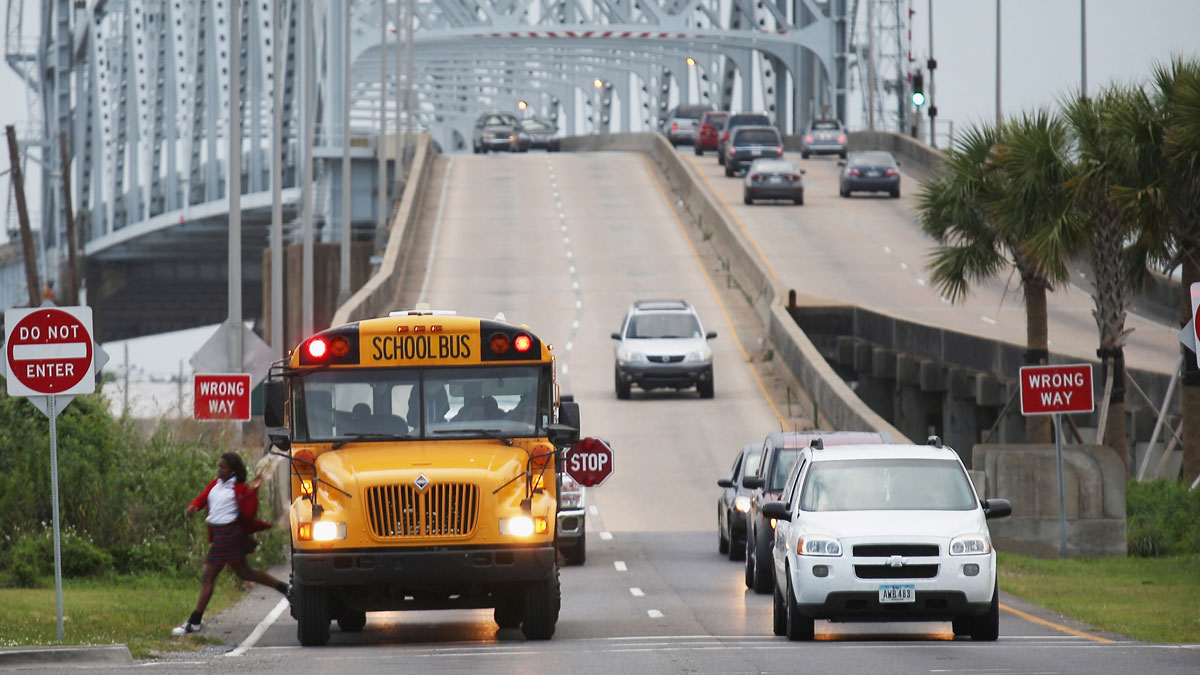
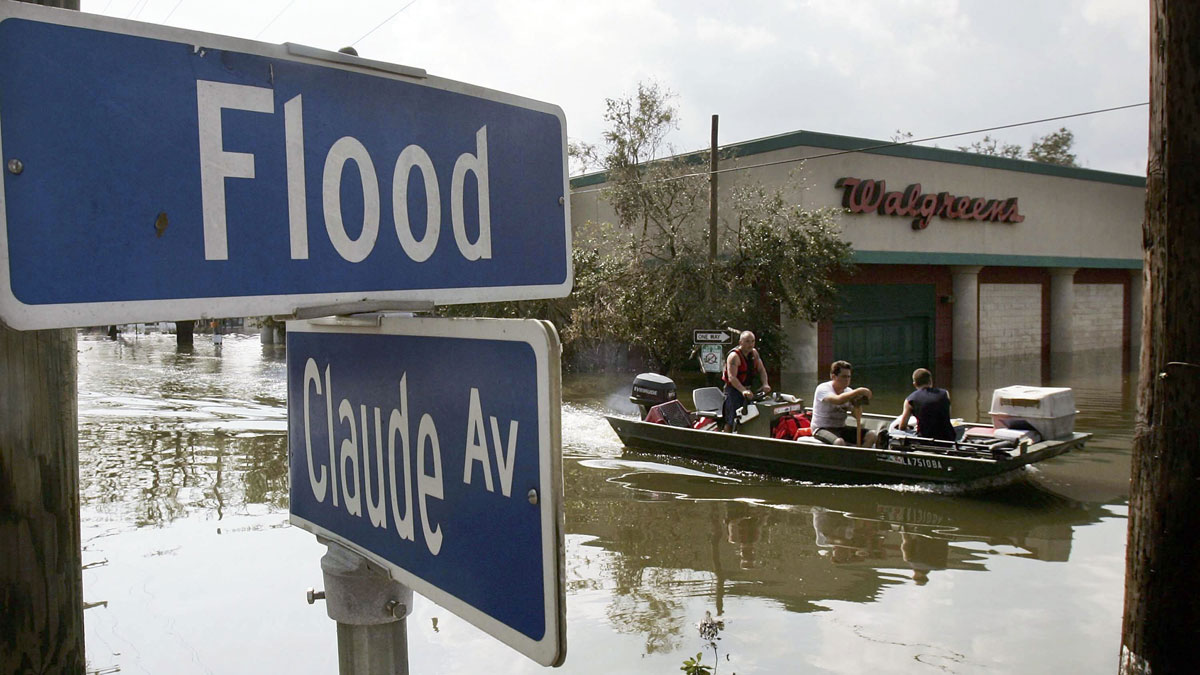
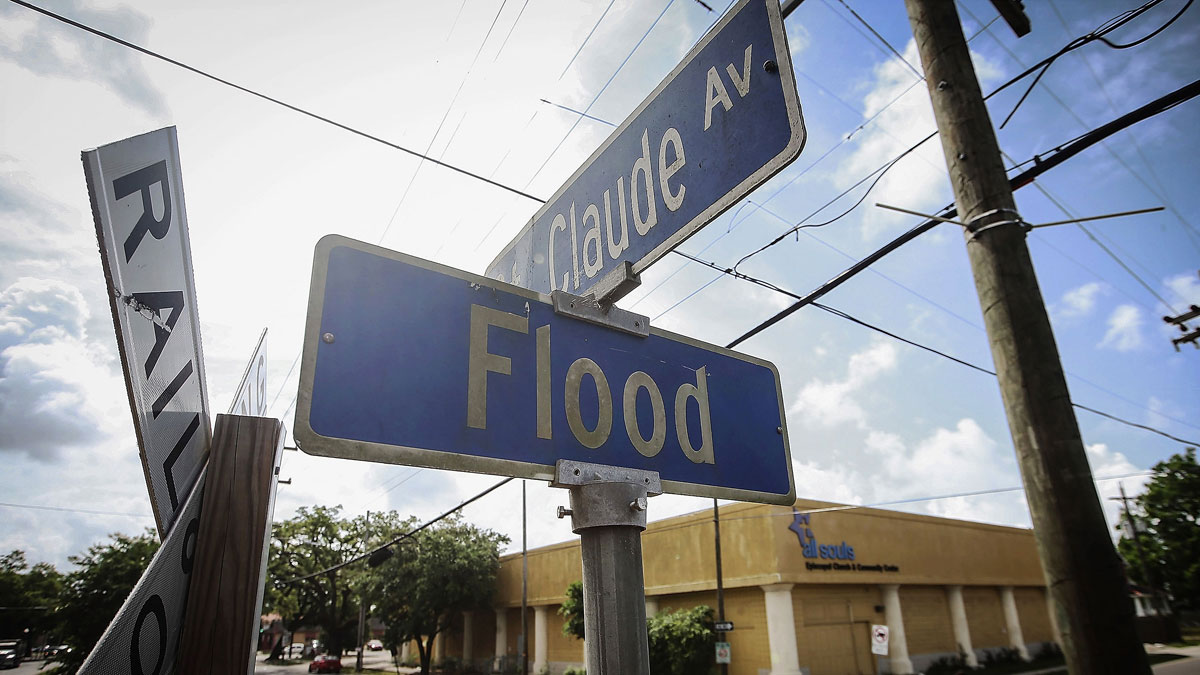
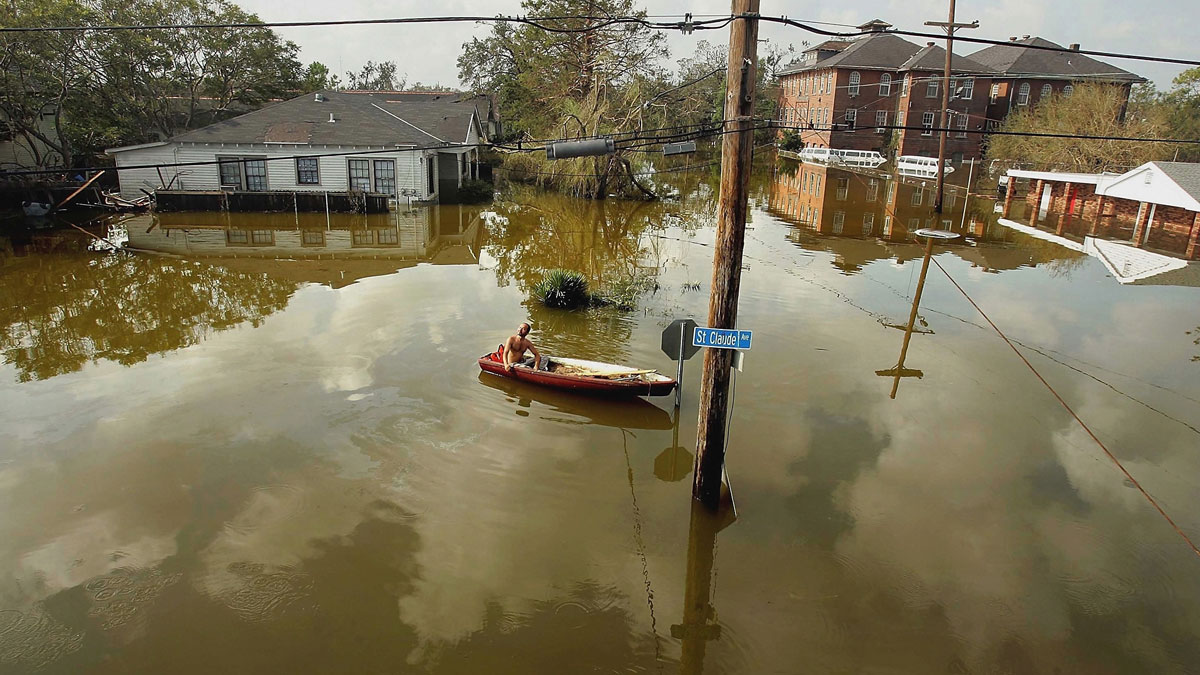
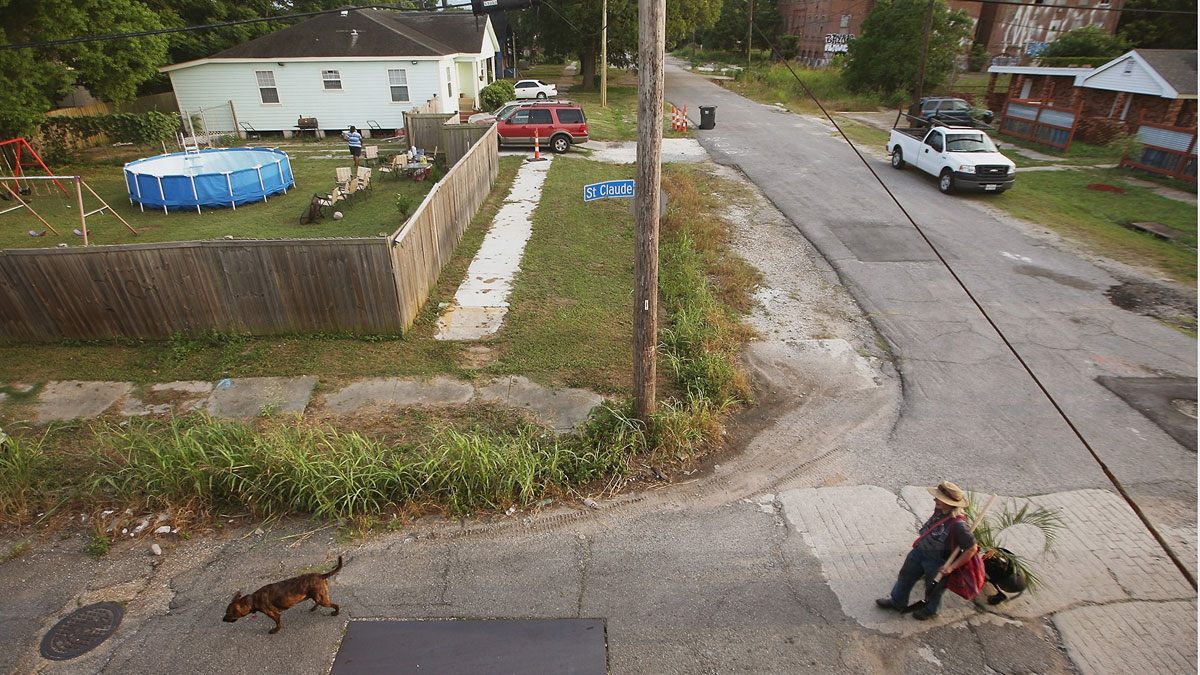
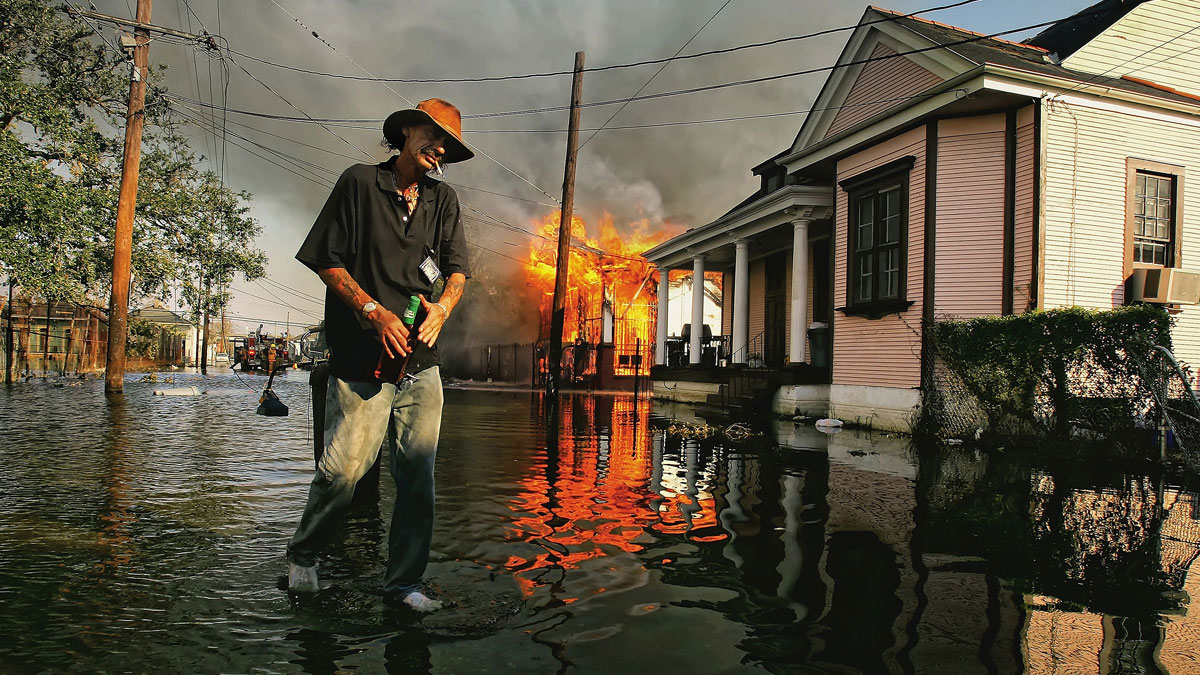
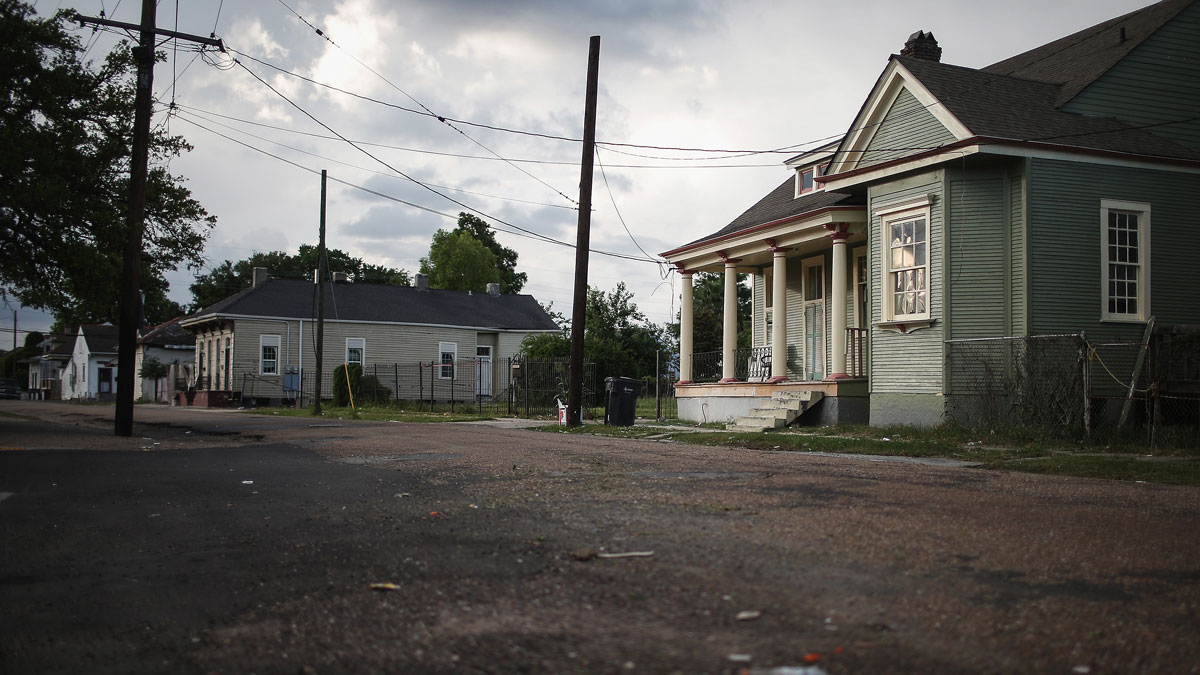
The city of New Orleans is preparing to commemorate the 10th anniversary of Hurricane Katrina, one of the deadliest storms in the history of the United States.
President Barack Obama will travel to the areas hardest hit by the devastating storm later this week to offer his condolences, support and encouragement.
His spokesperson said the visit will serve as an opportunity to celebrate "the remarkable revival of an American city" but residents argue little has changed in the last ten years.
The Week
Escape your echo chamber. Get the facts behind the news, plus analysis from multiple perspectives.

Sign up for The Week's Free Newsletters
From our morning news briefing to a weekly Good News Newsletter, get the best of The Week delivered directly to your inbox.
From our morning news briefing to a weekly Good News Newsletter, get the best of The Week delivered directly to your inbox.
What happened?
Hurricane Katrina made landfall in New Orleans on August 29, 2005. Though evacuation warnings were issued and states of emergency declared ahead of the storm, few could have predicted that the devastating effects of the hurricane would still be felt a decade later.
More than 1,800 people were killed across the Gulf Coast region, a million homes and businesses were destroyed and approximately 80 per cent of New Orleans was flooded. The storm overwhelmed levees and drainage canals and water levels rose so quickly that people were forced to scramble to rooftops for safety. Bodies floated in foul-smelling water in the streets, rescue teams spraypainted Xs on the doors of houses denoting the number of dead inside and thousands of people were evacuated to makeshift refugee camps across the city.
"The scene looks like a war zone, houses blown to splinters, cars abandoned on the roads, crowds of huddled refugees escaping a fallen city," Time Magazine's Brian Bennet reported in 2005. "It also smells like a war zone. The smell is unmistakably of death — the rotting contents of abandoned refrigerators, and the corpses of the drowned."
A free daily email with the biggest news stories of the day – and the best features from TheWeek.com
Why was it so bad?
The storm caused a huge amount of damage, but experts agree the aftermath was the most catastrophic due to widespread failures on a federal, state and local level. The Federal Emergency Management Agency took days to respond to the crisis and the then-president George W. Bush's failure to visit the city immediately was widely condemned. The government's lack of response quickly became known as a "catastrophe within a catastrophe".
More than six months after the storm, the US Army Corps of Engineers accepted the blame for levees breaking and admitted that they had been built in a "disjointed manner based on outdated data", according to Vox.
Katrina hit impoverished black and minority communities the hardest. The neighbourhoods situated below sea level and behind the most unstable levees were the poorest and most vulnerable, populated by people who did not have the money or methods of transportation to heed evacuation warnings and were left stranded by the authorities.
Legacy today
The storm and its aftermath brought race politics to the forefront of American society and highlighted how the black population was treated by the government. "Live images of uncollected corpses and families clinging to rooftops made vivid what decades of statistics could not: that being poor in America, and especially being poor and black in a poor southern state, is still hazardous to your health," said David Atkins, chief medical officer at the Center for Outcome and Effectiveness in a report.
A recent survey found a stark racial divide in how residents in the city view the recovery, the New York Times reports. Almost four out of five white residents felt that the city had largely recovered from the storm, while three out of five black people said it had not. Meanwhile 41 per cent of white people believe their quality of life has improved — more than double that of black residents.
After a decade of rebuilding, the city and its people still haven't fully recovered. Despite recent growth in New Orleans, there are 134,000 fewer residents, more than 39,000 fewer homes, and nearly 2,000 fewer business establishments. "Look, there are some gains, there are real gains," said resident Andre Perry. "But this 10th anniversary in so many ways is dangerous. I think a lot of people are saying, 'Look at what we've done,' as if the work is finished, and we're nowhere near finished."
-
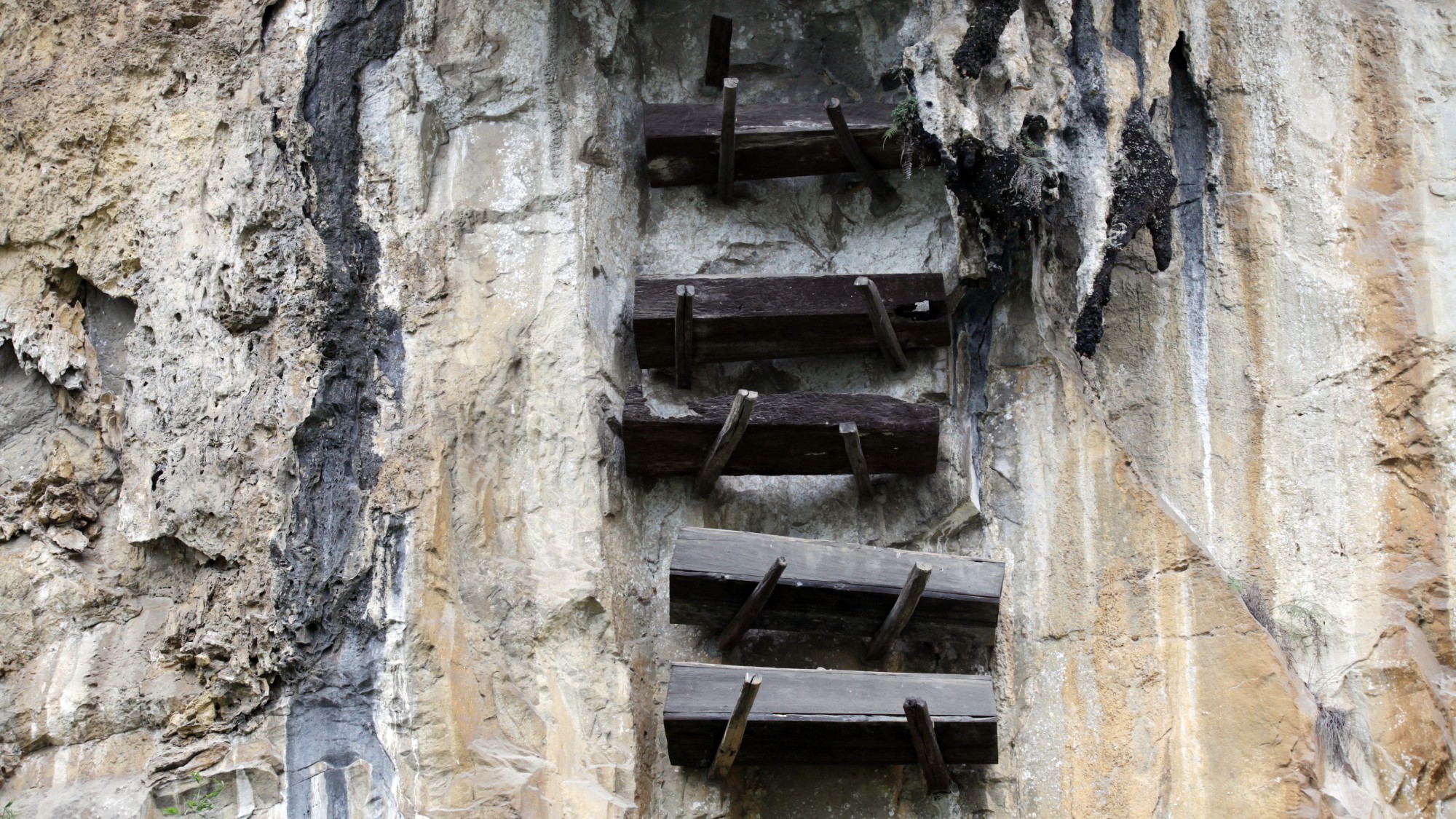 The curious history of hanging coffins
The curious history of hanging coffinsUnder The Radar Ancient societies in southern China pegged coffins into high cliffsides in burial ritual linked to good fortune
-
 The Trump administration says it deports dangerous criminals. ICE data tells a different story.
The Trump administration says it deports dangerous criminals. ICE data tells a different story.IN THE SPOTLIGHT Arrest data points to an inconvenient truth for the White House’s ongoing deportation agenda
-
 Ex-FBI agents sue Patel over protest firing
Ex-FBI agents sue Patel over protest firingspeed read The former FBI agents were fired for kneeling during a 2020 racial justice protest for ‘apolitical tactical reasons’